Recent policy shifts in the U.S. have placed the future of global HIV/AIDS funding under PEPFAR at risk. Cuts and pauses in funding are already beginning to ripple through the health systems of many African nations, raising alarm among public-health experts and community organisations.
What’s Going On
- The current U.S. administration has paused or scaled back portions of foreign aid, including the U.S. Agency for International Development (USAID), which has historically been the channel through which much of PEPFAR funding flows.
- Public health organisations report that many HIV treatment, prevention, diagnostic, and support programs are being disrupted due to delayed or reduced funding. Clinics, outreach programmes, and prevention services (like PrEP, voluntary testing, and maternal-child transmission protection) are among the hardest hit.
- In some countries, thousands of health care workers who were supported by U.S. HIV/AIDS funding have been laid off or had their roles suspended.
Consequences Already Visible
- In South Africa alone, more than 8,000 health workers were reportedly removed from HIV/AIDS programmes, and specialized clinics serving vulnerable groups (including sex workers, men who have sex with men, and others who face stigma) have closed or sharply reduced operations.
- National governments, while attempting to pick up the slack, simply don’t have the resources to fully fill the funding and staffing gaps. This means many affected programs are scaling back or shutting down critical services.
- Disruptions in viral load testing, medicine supply chains, preventative education, and outreach are expected to lead to increased HIV transmission in many places, if not addressed quickly.
Why This Is Dangerous
- PEPFAR has over many years helped save millions of lives, prevent mother-to-child transmission of HIV, and keep people living with HIV alive through consistent treatment. Disruptions could reverse hard-won gains.
- Delays in treatment or prevention don’t just affect individuals; they affect entire communities. Loss of services can lead to more infections, worse health outcomes, and greater long-term costs both medically and socially.
- Vulnerable populations—children, pregnant women, those facing stigma, rural communities—are likely to suffer disproportionately.
What Experts Are Asking For
- Many are calling for U.S. policymakers to restore or stabilise funding urgently, to prevent catastrophic loss of life.
- There is also a push for greater transparency about which programmes are being cut, which communities are being most affected, and what mitigation plans are in place.
- Stakeholders are emphasising the need for international partners, NGOs, and governments in affected countries to prepare contingency plans and find alternative funding sources where possible.
Looking Ahead
- If funding is not stabilized, modelling studies predict sharp rises in new infections and deaths over the next few years. Some scenarios suggest the possibility of tens or hundreds of thousands of additional HIV-related deaths in certain regions.
- On the other hand, there are also legal efforts and public pressure trying to force the U.S. government to maintain its commitments. Whether these will succeed remains to be seen.
- Countries may need to reallocate domestic budgets toward HIV/AIDS, but many are already stretched thin and facing other health crises, making this difficult without cutting something else.
Bottom Line
Cuts to PEPFAR and related U.S. foreign aid are placing enormous strain on HIV/AIDS programmes across Africa. What was once steady progress toward reducing infections and improving health outcomes is now under threat. In many places, the question is no longer whether some damage will be done, but how severe it will be.

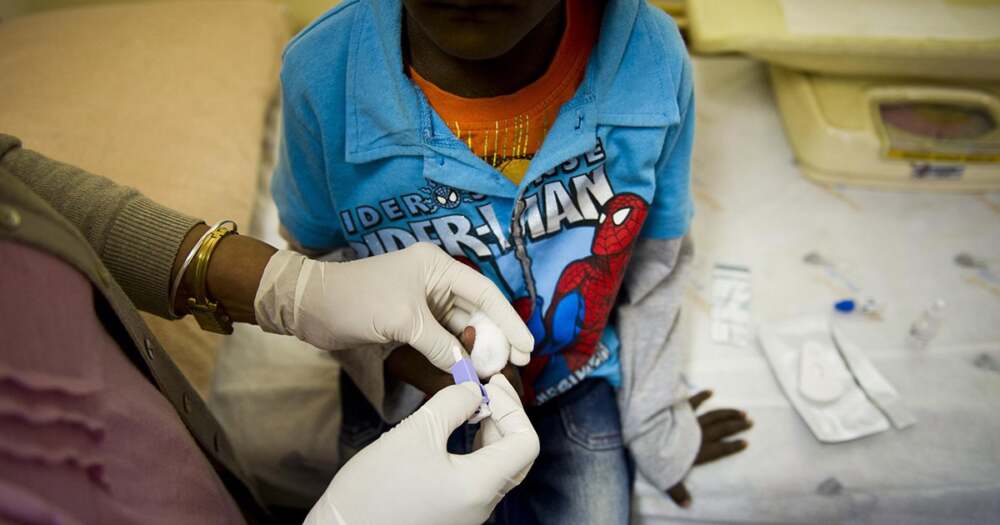

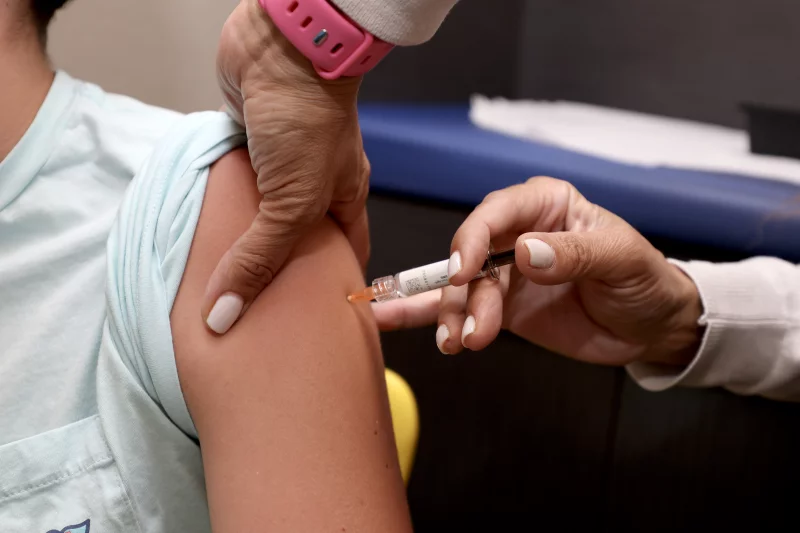
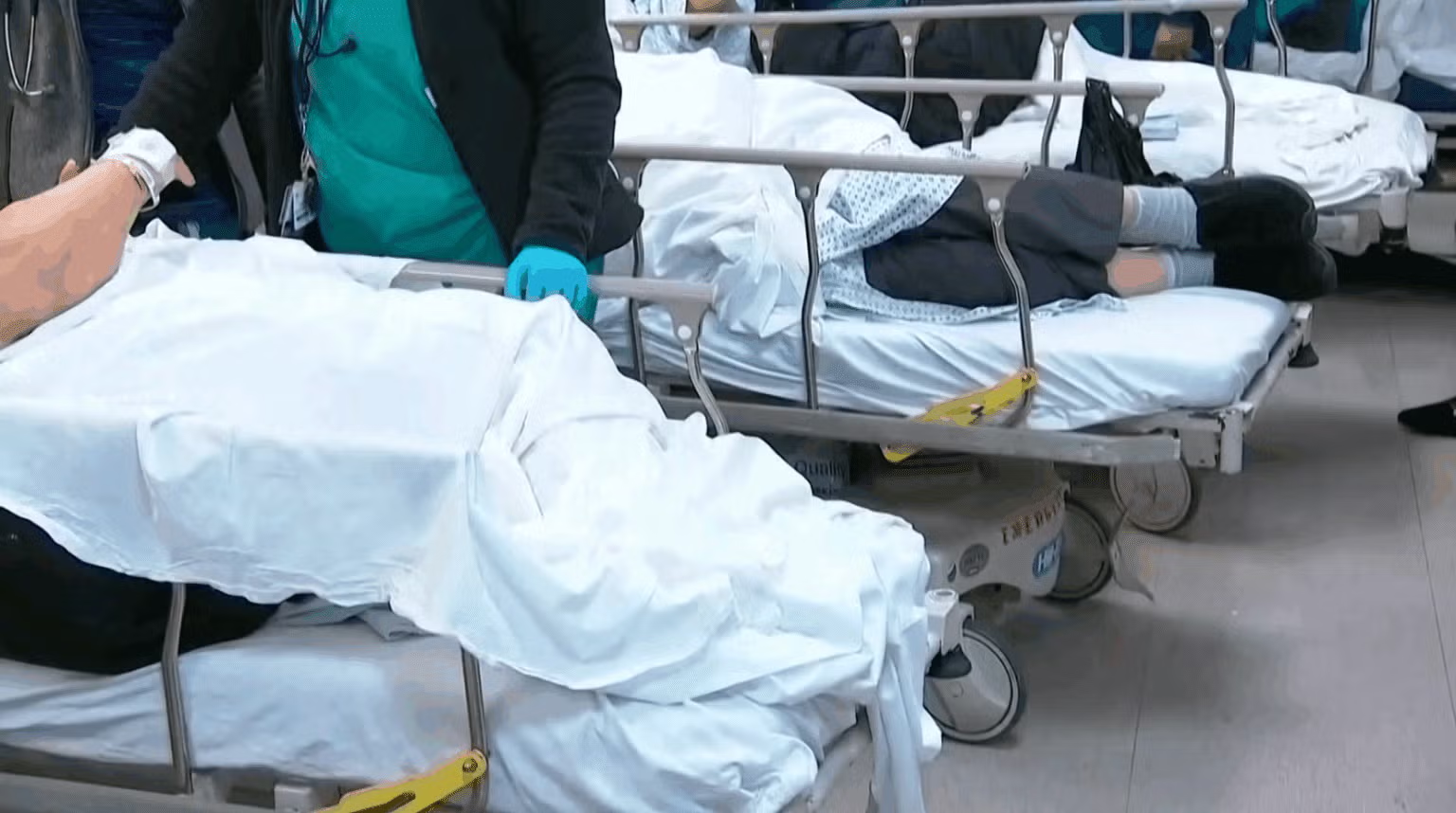

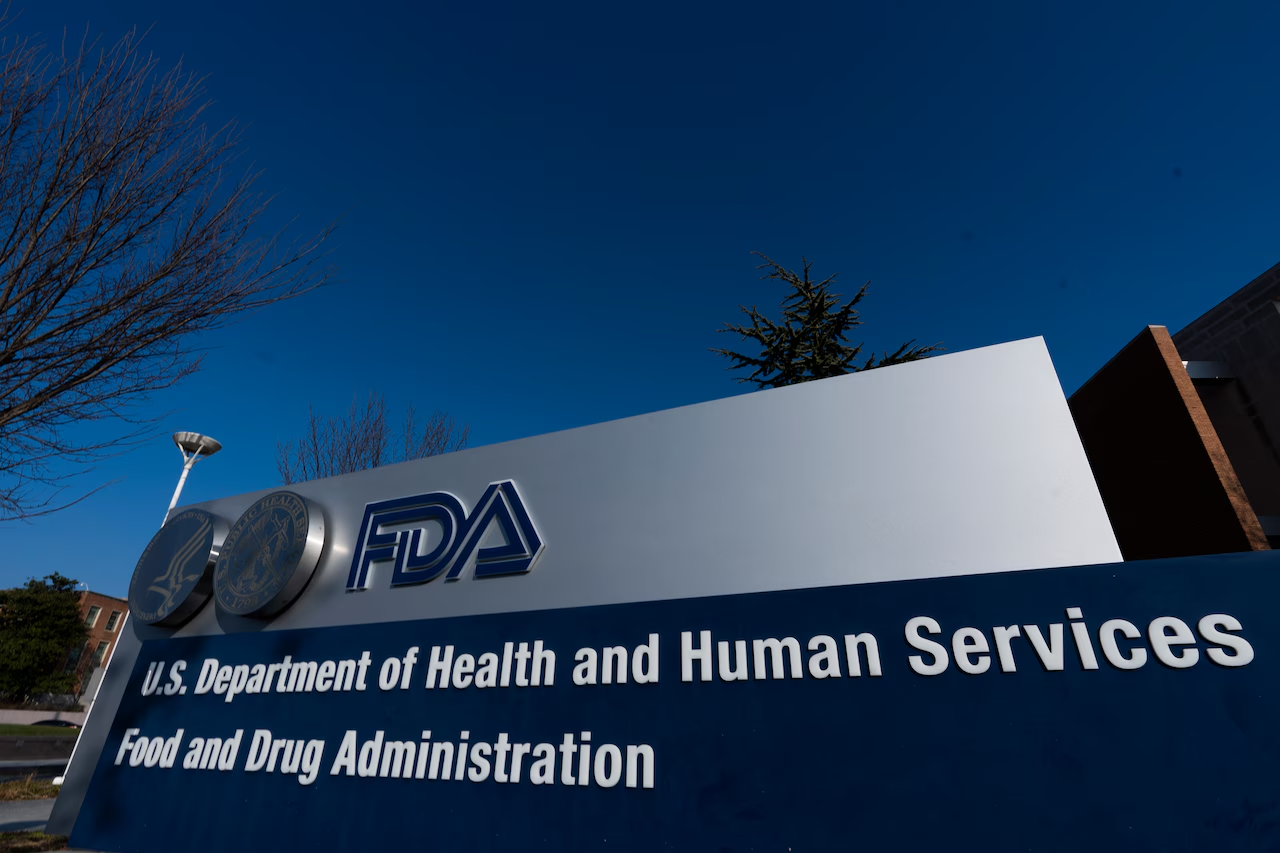
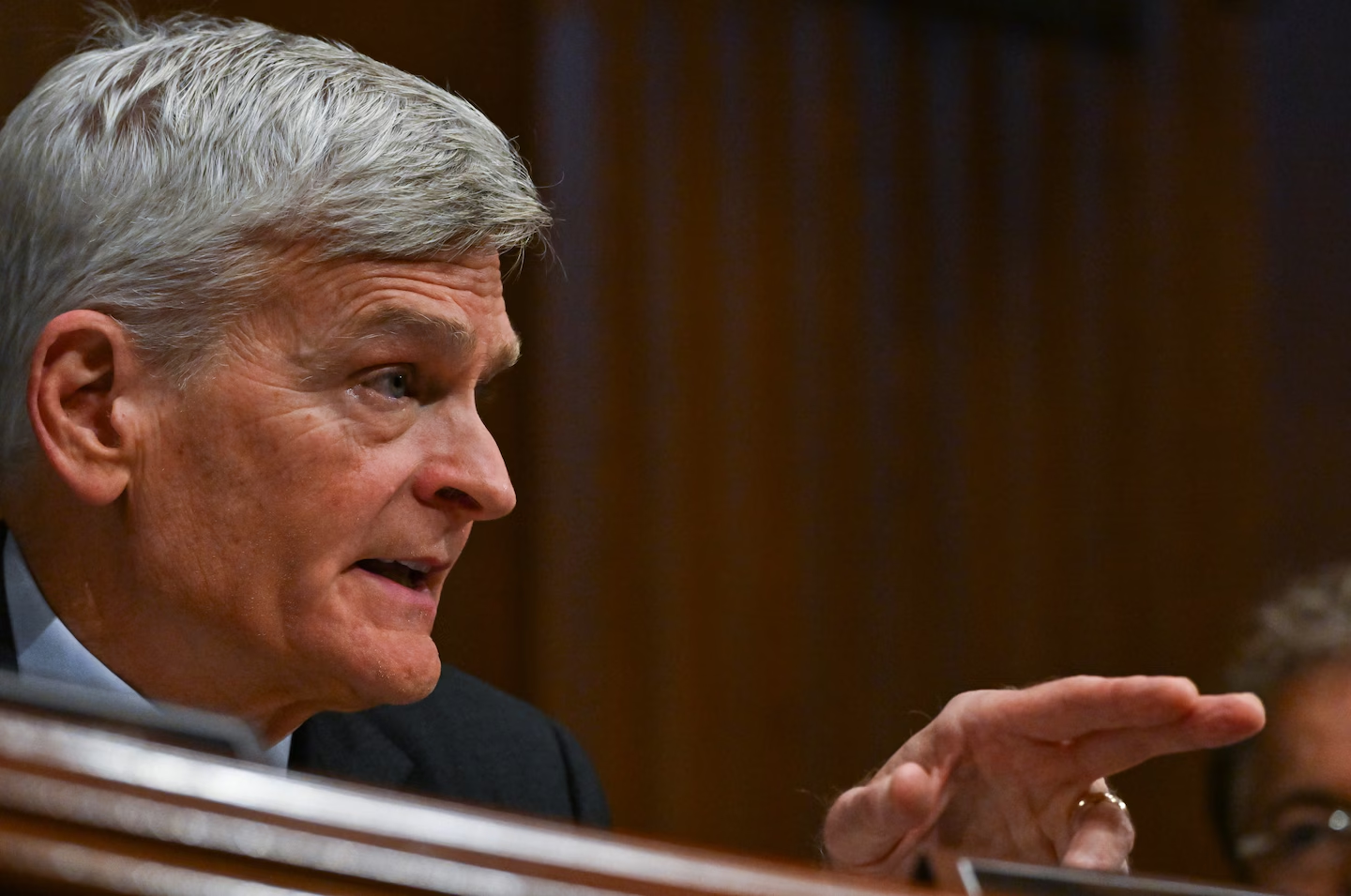
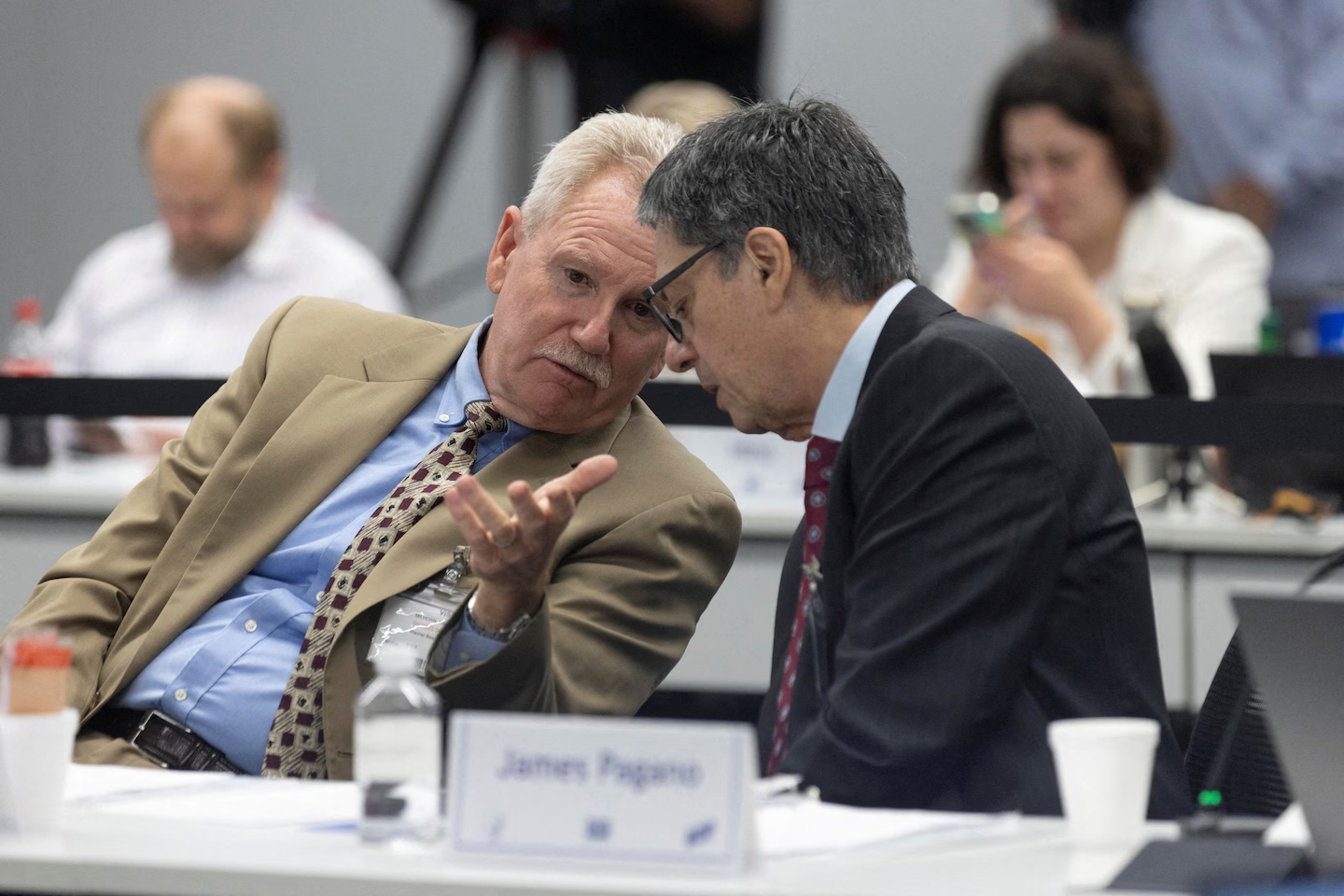
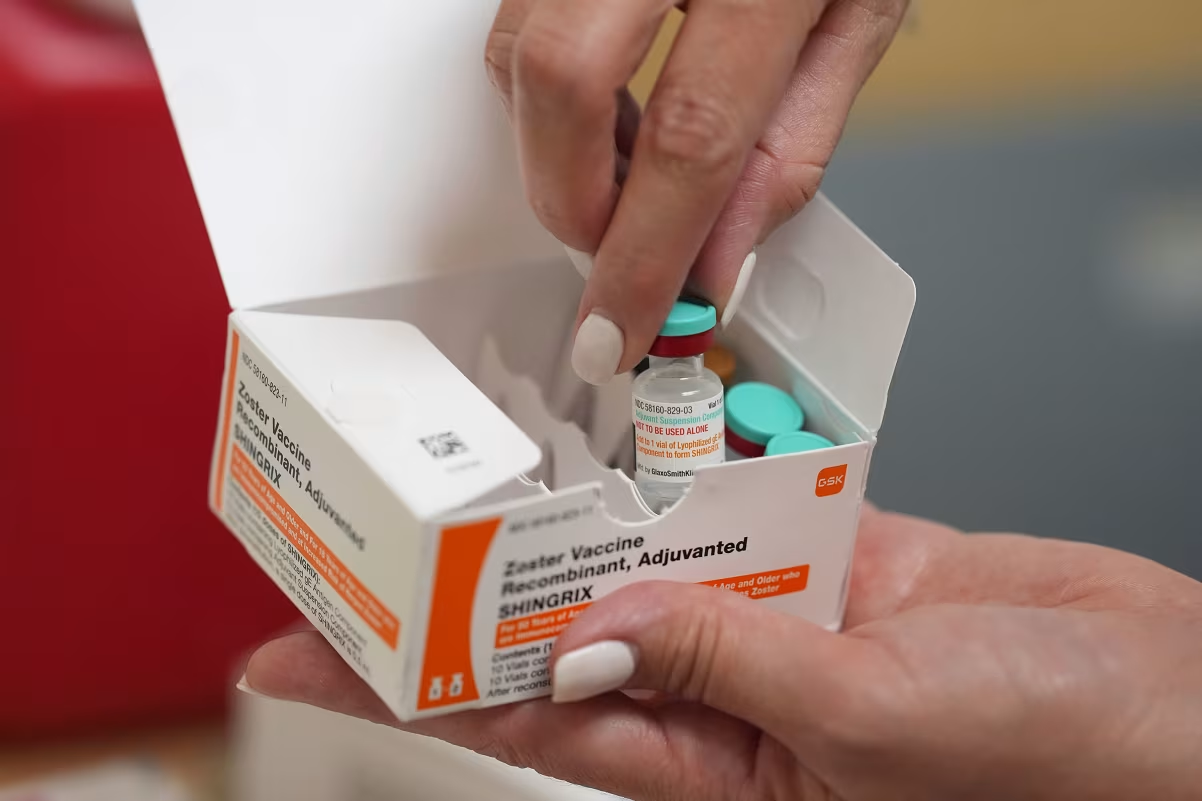

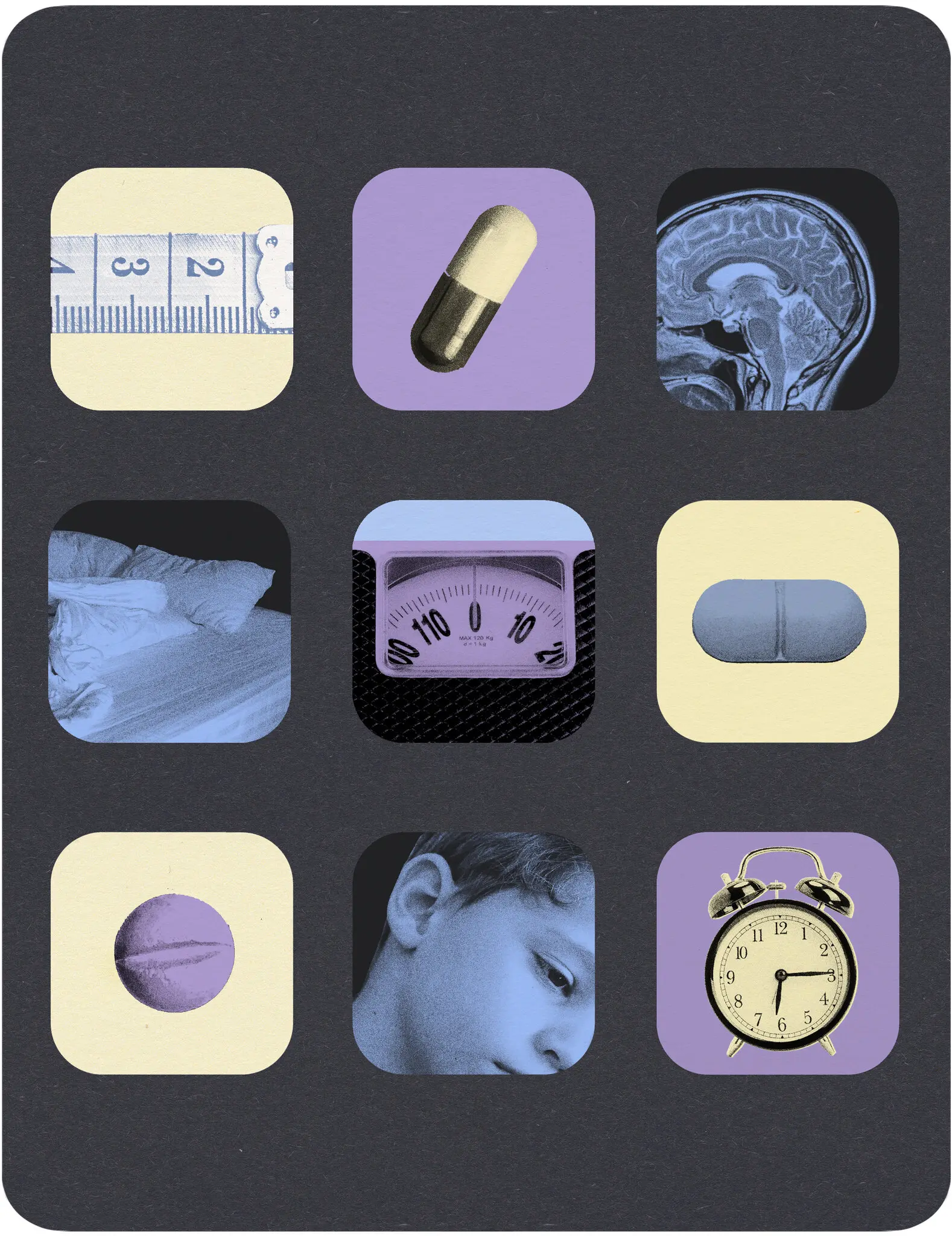


Leave a Reply